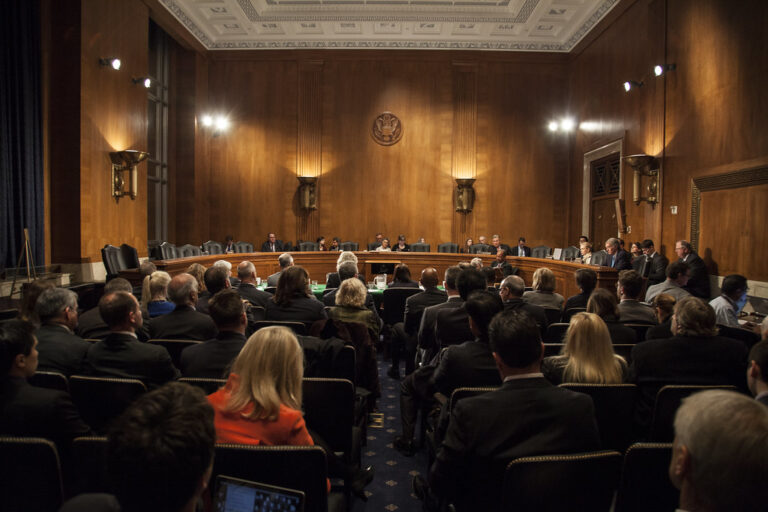The New York Times and the Washington Post reported on a new study of American tax burdens by economists Emmanuel Saez and Gabrieal Zucman of the University of California at Berkeley. The study analyzes the “effective” tax rates paid by Americans since the 1960s—a measure that accounts for not just federal income taxes but corporate taxes, state and local taxes, and licenses for vehicles and businesses. The study finds that in 2018, for the first time in history, the effective tax rate paid by America’s richest 400 families was lower than the effective tax rate paid by the bottom half of American households. While the effective tax rate paid by the bottom 50% has remained fairly constant, the effective tax rate paid by the 400 richest families has dropped dramatically, falling from 56%, in 1960, to today’s rate of 23%. That fall has occurred over decades, but the study’s authors identify the 2017 Tax Cuts and Jobs Act, which lowered the top income tax bracket and slashed the corporate tax rate, as the factor that finally pushed the tax rate for the 400 richest families below the 24.2% rate paid by the bottom 50% of families.
The Wall Street Journal reported that contract negotiations between GM and the UAW have turned to wages, with the union pushing for more guaranteed wage increases, and GM for increased pay in the form of lump-sum bonuses. According to an economist at the Center for Automotive Research, GM hopes that by paying one-time bonuses rather than increasing wages, it will retain flexibility and avoid being stuck with high labor costs during a sales slump. The union, on the other hand, wants its members to have income security even when profits dip—security that increased wages, but not bonuses, will provide. Other topics still on the table include the number of cars that GM will manufacture in the US, retirement benefits, and contract signing bonuses.
While the Supreme Court heard oral arguments in Bostock and Harris today, Marketwatch reported on the current state of economic inequality for LGBTQ Americans. LGBTQ workers typically make less money than their heterosexual counterparts; in 2018, LGBTQ workers reported a median household income nearly $20,000 less than that reported by heterosexual workers. LGBTQ people are more likely to be jobless; while the national unemployment rate is 3.6%, the unemployment rate for LGBTQ people, as of January 2019, was 9%. For transgender people it was 15% (that number, however, comes from a 2015 study). And LGBTQ workers are vulnerable to being fired for their sexual orientation and/or gender identity; 28 states currently lack laws barring workplace discrimination based on sexual orientation, and 30 lack laws barring discrimination on the basis of gender identity. Whether Title VII provides those protections remains to be seen.






Daily News & Commentary
Start your day with our roundup of the latest labor developments. See all
November 21
The “Big Three” record labels make a deal with an AI music streaming startup; 30 stores join the now week-old Starbucks Workers United strike; and the Mine Safety and Health Administration draws scrutiny over a recent worker death.
November 20
Law professors file brief in Slaughter; New York appeals court hears arguments about blog post firing; Senate committee delays consideration of NLRB nominee.
November 19
A federal judge blocks the Trump administration’s efforts to cancel the collective bargaining rights of workers at the U.S. Agency for Global Media; Representative Jared Golden secures 218 signatures for a bill that would repeal a Trump administration executive order stripping federal workers of their collective bargaining rights; and Dallas residents sue the City of Dallas in hopes of declaring hundreds of ordinances that ban bias against LGBTQ+ individuals void.
November 18
A federal judge pressed DOJ lawyers to define “illegal” DEI programs; Peco Foods prevails in ERISA challenge over 401(k) forfeitures; D.C. court restores collective bargaining rights for Voice of America workers; Rep. Jared Golden secures House vote on restoring federal workers' union rights.
November 17
Justices receive petition to resolve FLSA circuit split, vaccine religious discrimination plaintiffs lose ground, and NJ sues Amazon over misclassification.
November 16
Boeing workers in St. Louis end a 102-day strike, unionized Starbucks baristas launch a new strike, and Illinois seeks to expand protections for immigrant workers